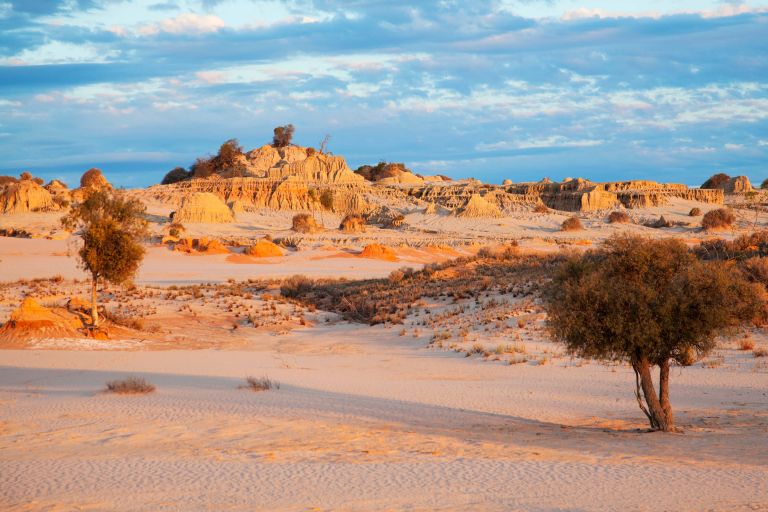Planning and environmental services in NSW
How are customers experiencing these services?
We asked customers how well we were delivering on our Customer Commitments based on their experience with planning and environment services in NSW. Here’s what they said is working well and where we need to improve.
What are we doing well?
The following statements highlight areas that most respondents agree are working well for them.
- I was able to do what I set out to do.
- I was able to reach an outcome.
- I found it easy to access the service I needed.
- The information was simple to understand.
- It was easy to access the information I needed.
Where can we improve?
The following statements highlight areas that need improvement, based on the least number of respondents agreeing with the statements.
- I felt I was able to provide feedback on how the service could be improved to better meet my needs.
- I felt I was able to provide feedback on the service I received.
- They were proactive in keeping me informed.
- They made an effort to see things from my perspective.
- I didn’t have to put in a lot of effort to do what I needed to do.
Here’s what customers told us about planning and environmental
services in NSW
- Easy to access
- Act with empathy
- Respect my time
- Explain what to expect
- Resolve the situation
- Engage the community
80% of customers found these services to be easy to access.
73% felt that service staff acted with empathy in their interaction with the service.
73% of customers felt their time was respected.
70% of customers felt the service explained what to expect.
79% of customers felt their situation was resolved.
57% of customers felt the service allowed them to provide feedback.
Case studies
Image

Digital passes make entering NSW national parks easier
Visitors can now buy a digital pass for annual entry to NSW national parks, making entry faster, easier and hassle-free.
Image

1 million trees for a greener NSW
The Free Trees Initiative is helping to improve air quality, shade and greener neighbourhoods.
Find out more about the report
Sources:
1 NSW National Parks and Wildlife Services.
2 EPA Annual Report 2020-21.
3 Domestic visitation to NSW national parks, 2018, NSW Department of Planning and Environment.
4 NSW Environment and Heritage Group.
5 NSW Department of Planning, Industry and Environment Annual Report 2020-21.
CXS Source: NSW Government Customer Experience Survey (CXS). About the survey methodology.
Fieldwork: January to June 2022.
Questions: Thinking about your experience with the government service…
- How easy or difficult was it to do this?
- How satisfied or dissatisfied were you with this experience?
- To what extent do you trust the government service to be working in your best interests?
- We would like your opinion on [CUSTOMER COMMITMENT]. Please indicate how strongly you agree or disagree with each of the statements below.
Base: Customers who have interacted with planning and environment services in the last 12 months.
Sample sizes: Ease and Satisfaction (n=1029), Trust (n=1031), Customer Commitments (various n=797 to 1031).
Definitions and notes:
- Ease of service is calculated as the percentage of customers that selected ‘Very easy’ or ‘Somewhat easy’.
- Satisfaction with service is calculated as the percentage of customers that selected ‘Very satisfied’ or ‘Somewhat satisfied’.
- Trust in service is calculated as the percentage of customers that selected ‘Trust a great deal’ or ‘Somewhat trust’.
- Responses to the Customer Commitment questions are calculated as the percentage of customers that selected ‘Strongly agree’ or ‘Somewhat agree’ and it excludes ‘Not applicable’ responses.






